Clinical Cases
Rehabilitation
Clinical Cases
.
Clinical Case 1
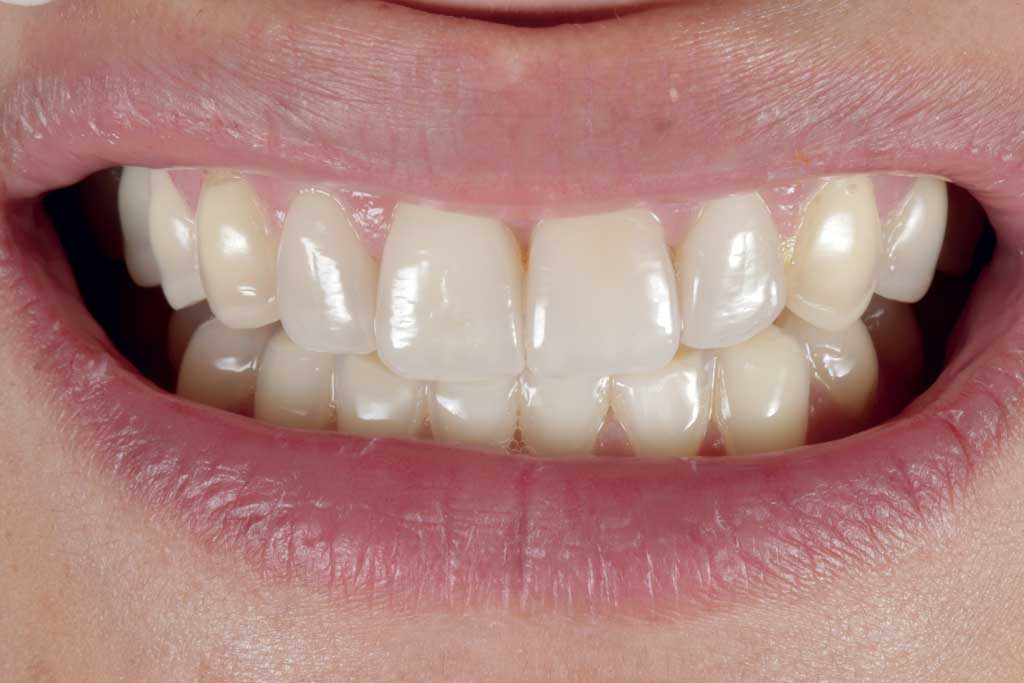
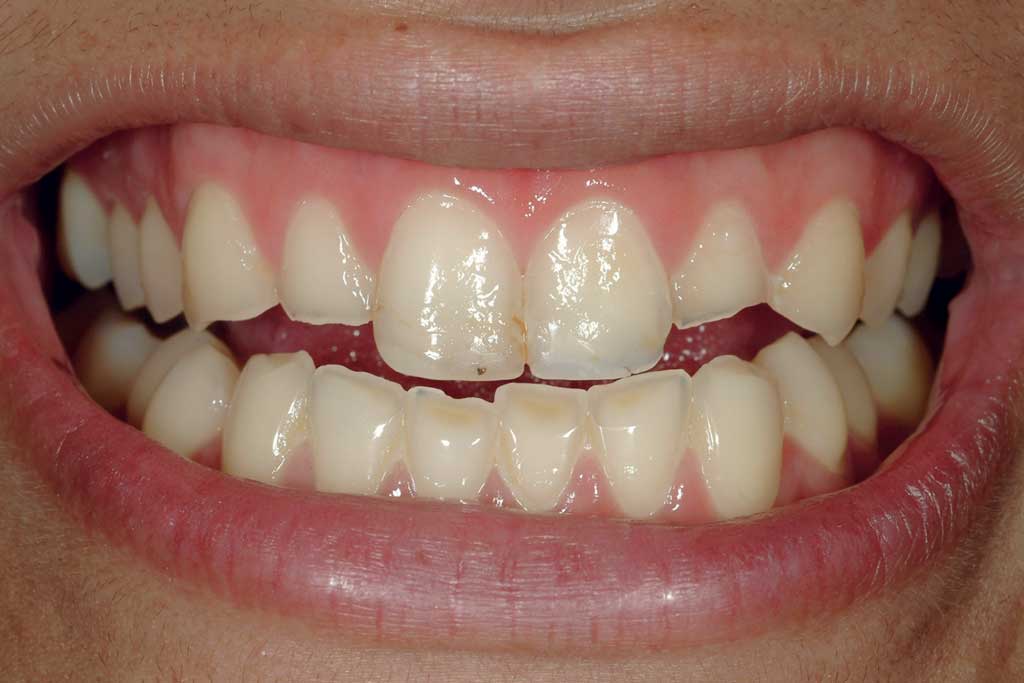
6 composite anterior veneers – 16 adhesive posterior restorations
READ MORE
A 23-year-old bulimic patient I met by chance when a composite incisal edge had broken off. It was yet another repair that fractured soon after it had been performed. Her dentist, in despair, had then proposed four ceramic crowns on her front teeth which would be more resistant. The patient, however, having seen the appearance of a tooth filed to receive a crown in her friend's mouth, rejected the invasive approach for her teeth.


Clinical Case 2
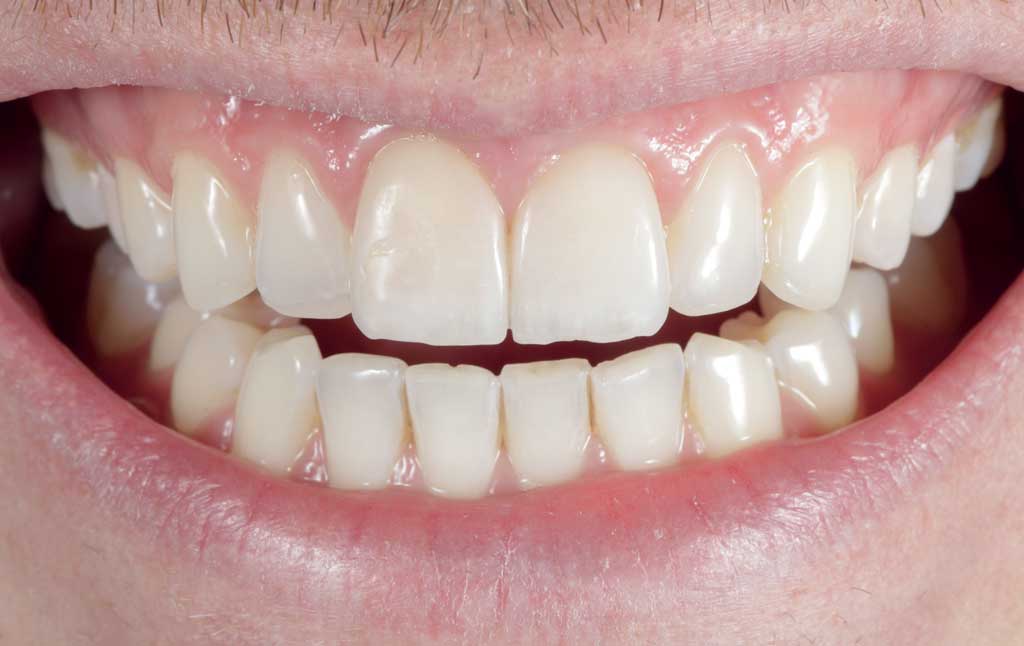
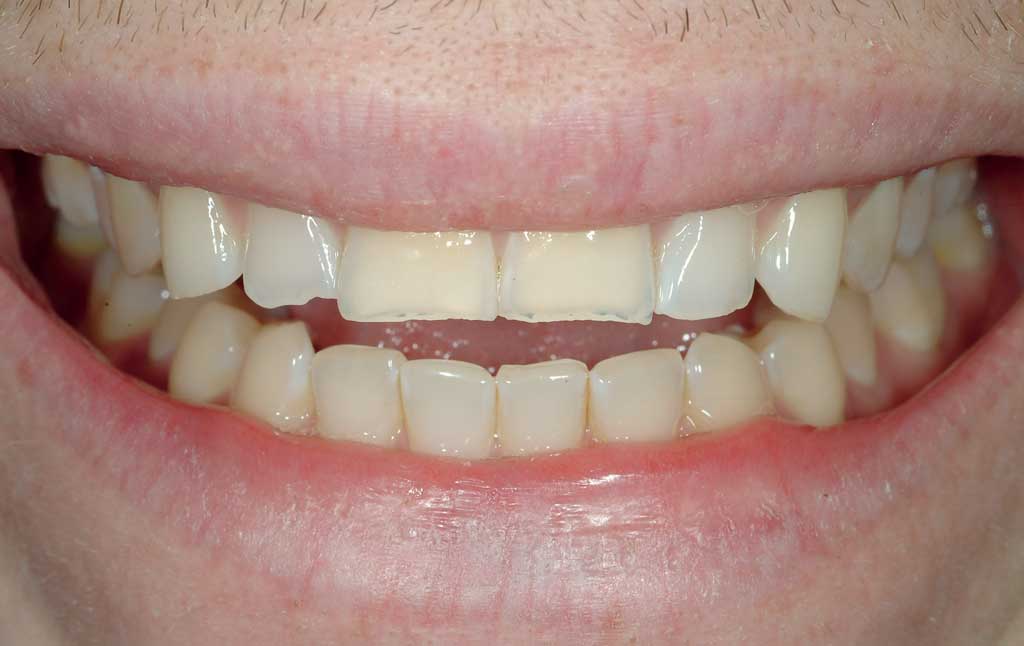
2 ceramic veneers – 6 composite veneers – 8 adhesive posterior restorations
READ MORE
A 23-year-old patient suffering from early wear at that time a dentistry student. Stress led the patient to grind his teeth that had been "softened" also by the presence of acid in his mouth (dental erosion) related to gastric reflux. The patient was too young not to intercept the problem and let his dental condition deteriorate. The presence of erosion and bruxism is in fact extremely harmful to teeth. In order to stop the wear and 'restore' the lost enamel layer, extremely thin (0.5 mm) experimental restorations in ceramic were fabricated and bonded to the teeth without filing them. Those restorations are still in the patient's mouth after 10 years.


Clinical Case 3
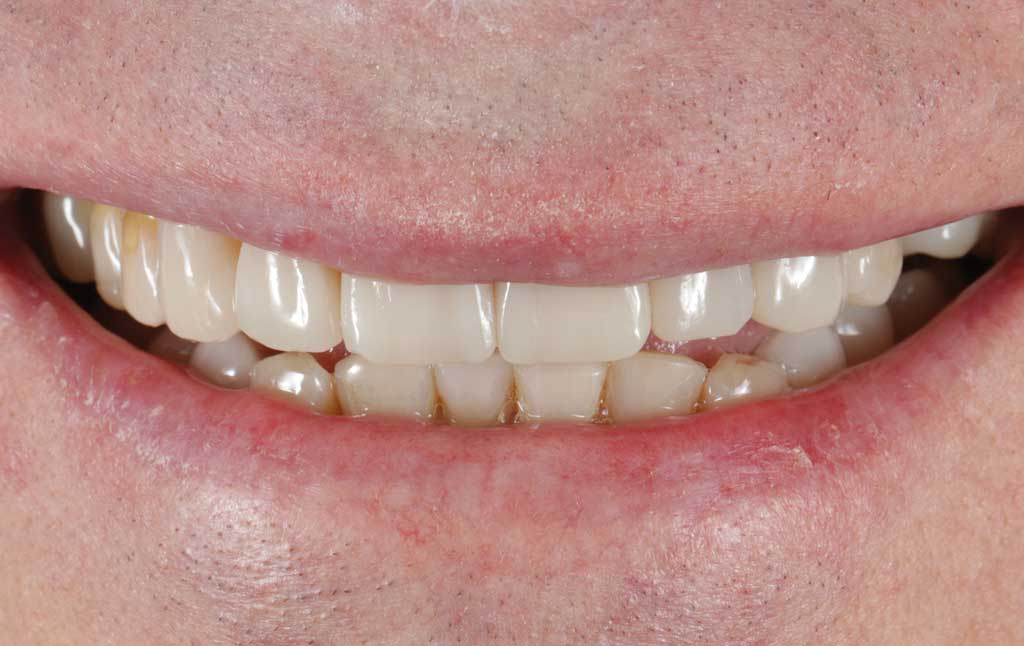
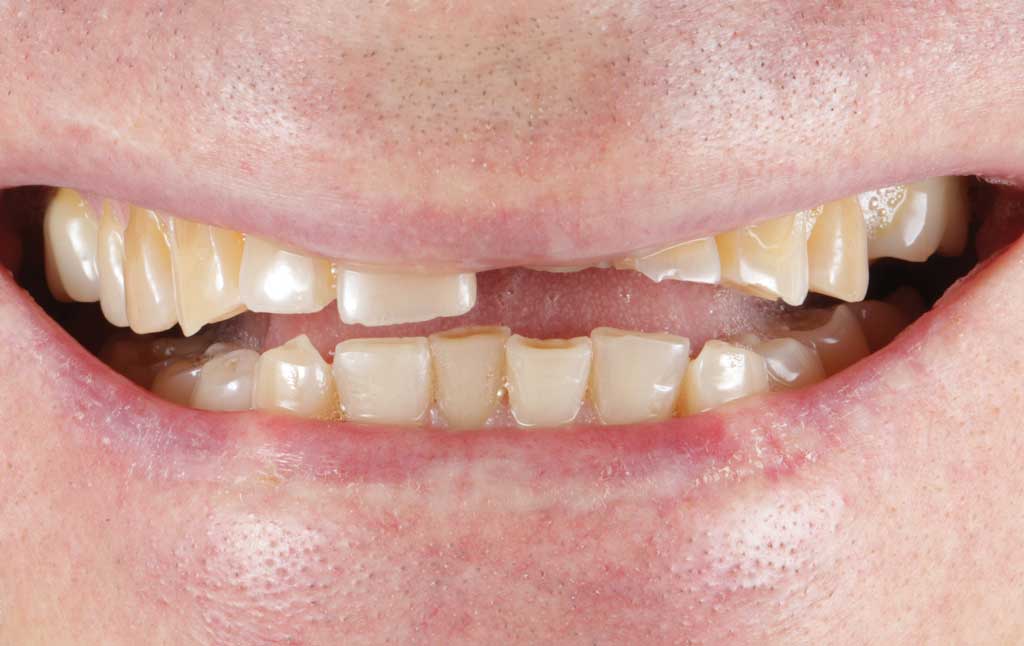
6 composite veneers – 16 adhesive posterior restorations
READ MORE
A patient suffering from severe tooth wear with very little time available for treatment. The tooth wear was particularly visible on the left side of the mouth as it was also linked to a malposition of the mandible. Repairing without taking into account the mandibular dysfunction would have been inconclusive and this was the reason why multiple attempts to repair only the left central incisor had failed. Finally, the patient accepted a full-mouth treatment that - also and above all - aimed at improving the chewing function in order to distribute loads on the teeth more evenly and thus extend the duration of the anterior restorations delivered to the patient.


Clinical Case 4
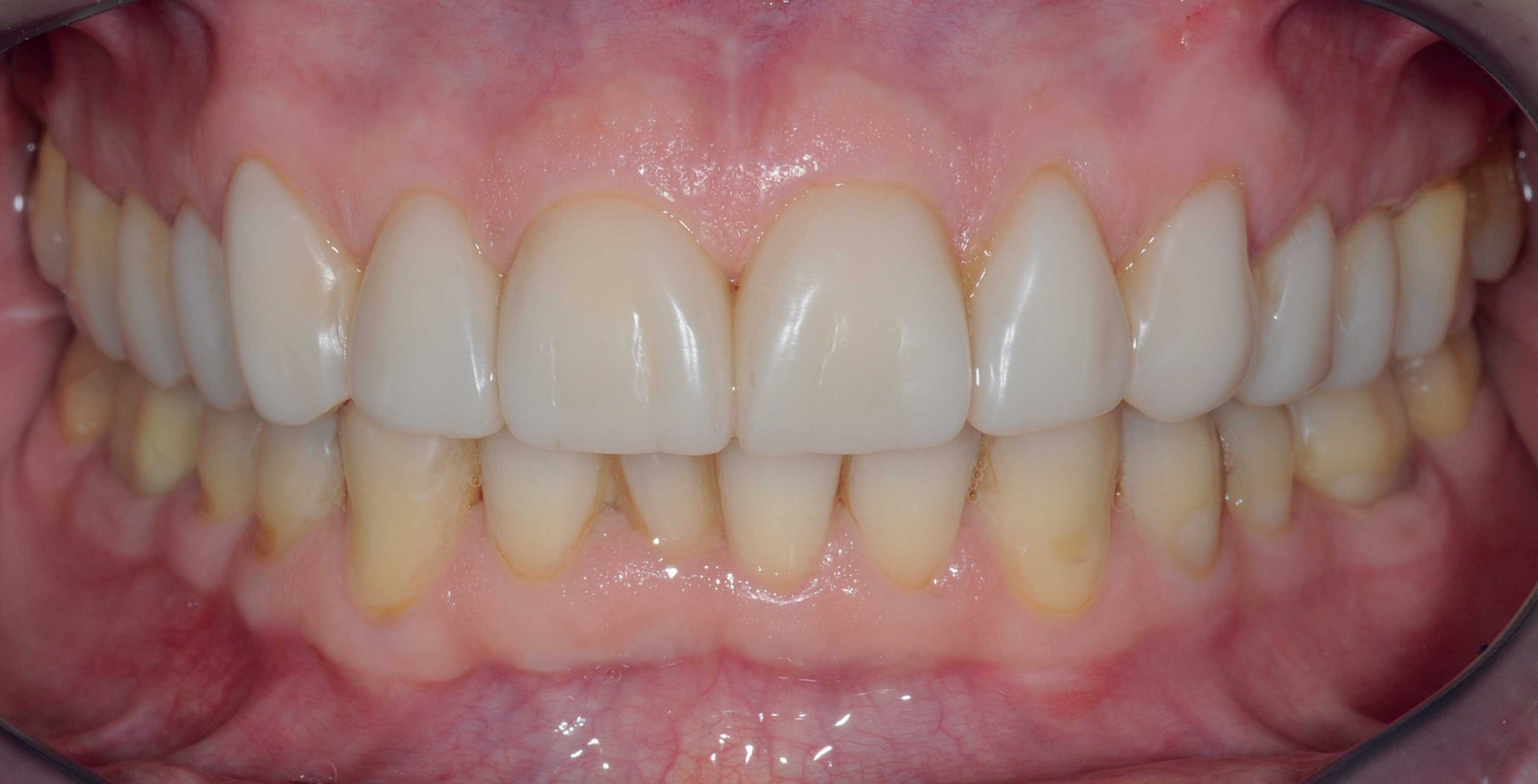
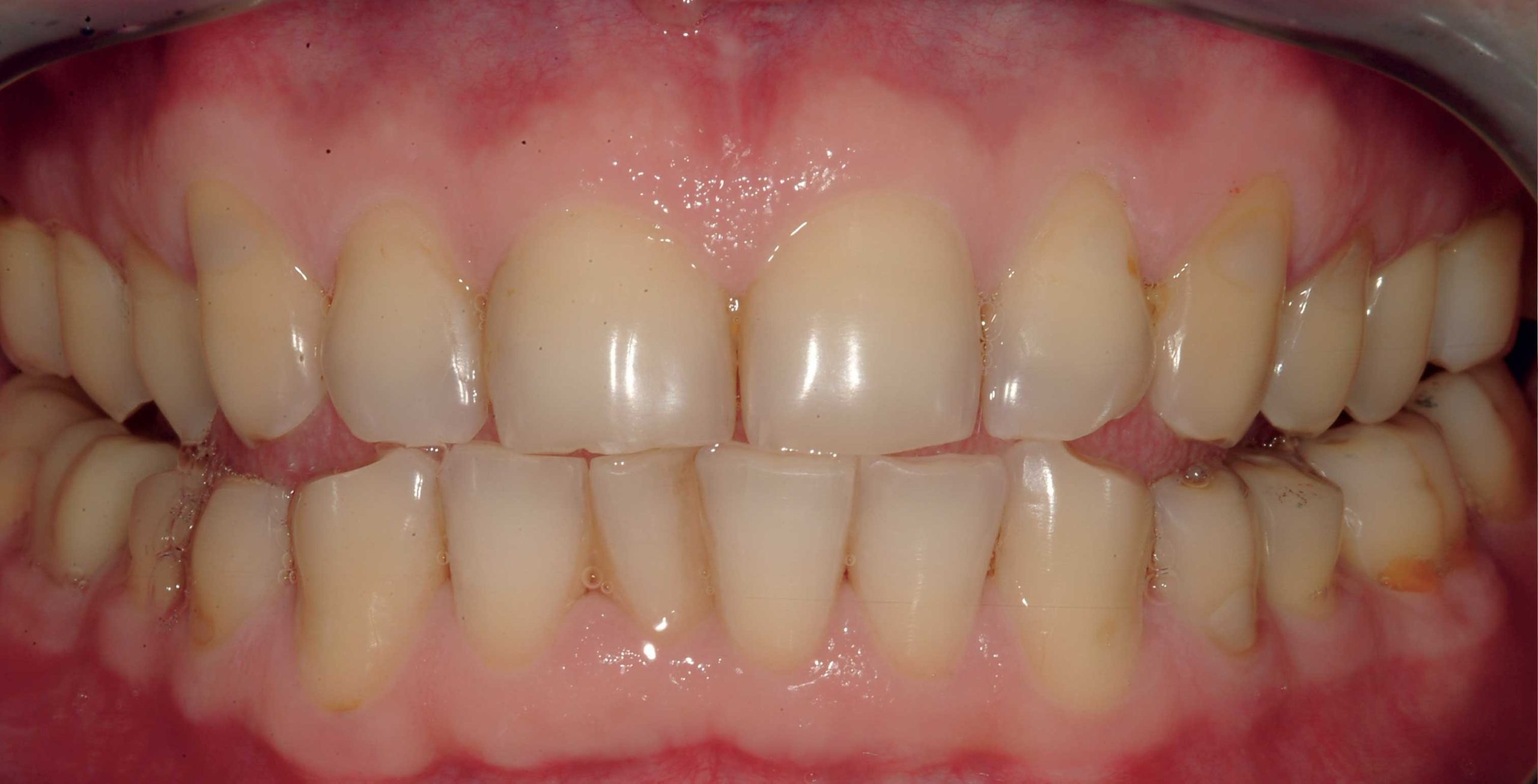
6 ceramic anterior veneers – 16 adhesive posterior restorations
READ MORE
Busy businessman constantly travelling. At the clinical examination he presented occlusal instability that led him to overload his incisal edges, on which he often leaned. Desiring to improve the aesthetics of his teeth, the patient wanted to receive aesthetic veneers. Thanks to the functional diagnosis, a true rehabilitation of the jaw position was achieved before the veneers were delivered so that they would not be subject to destructive functional loads. The additive treatment was completed in 3 sessions, as the patient had worn teeth without caries. This patient never needed to receive anaesthesia.


Clinical Case 5
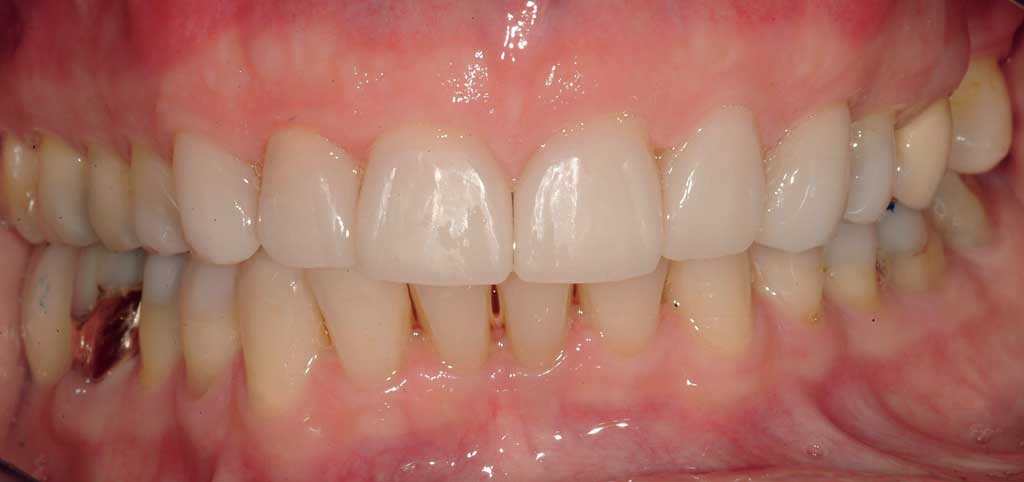
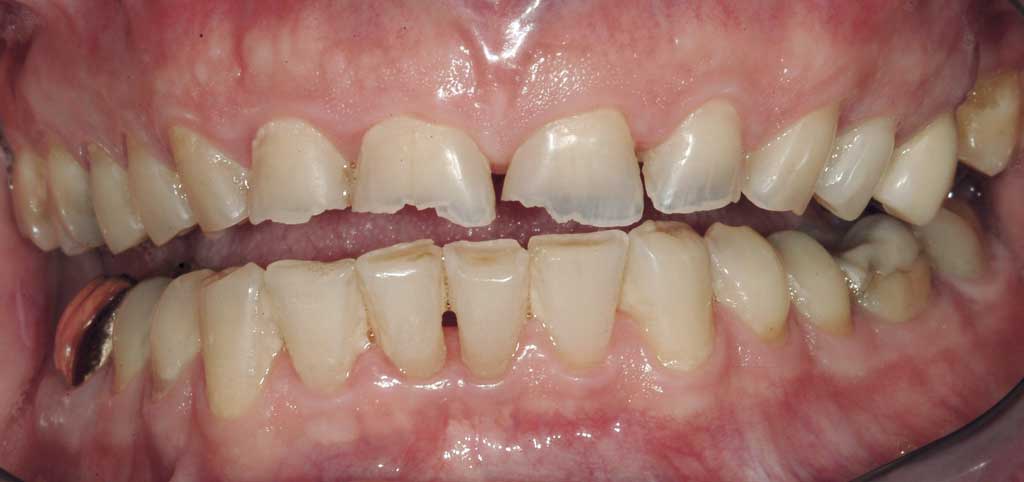
3step completed in 4 appointments
READ MORE
The driver that made this patient decide to finally seek treatment was the loss of a molar that resulted in severe bite instability. The patient did not have the time required for a classic subtractive therapy (crowns and bridges). The 3STEP, on the other hand, is a modular and fast approach that can be completed in a few weeks to achieve patient's aesthetic and functional stability. Its execution speed also arises from the possibility of recycling existing restorations (see his preserved gold crown), which enabled the patient to receive treatment despite his hectic work life.


Clinical Case 6
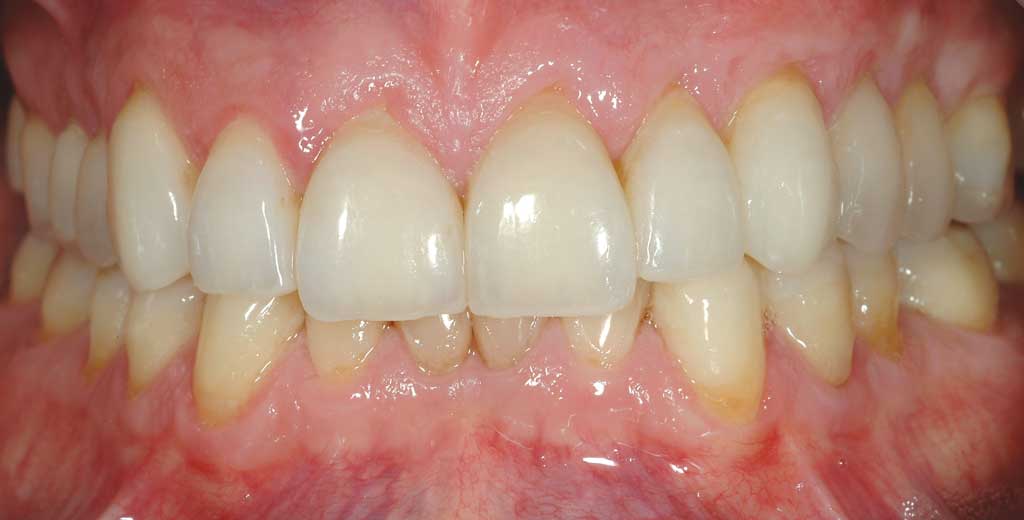
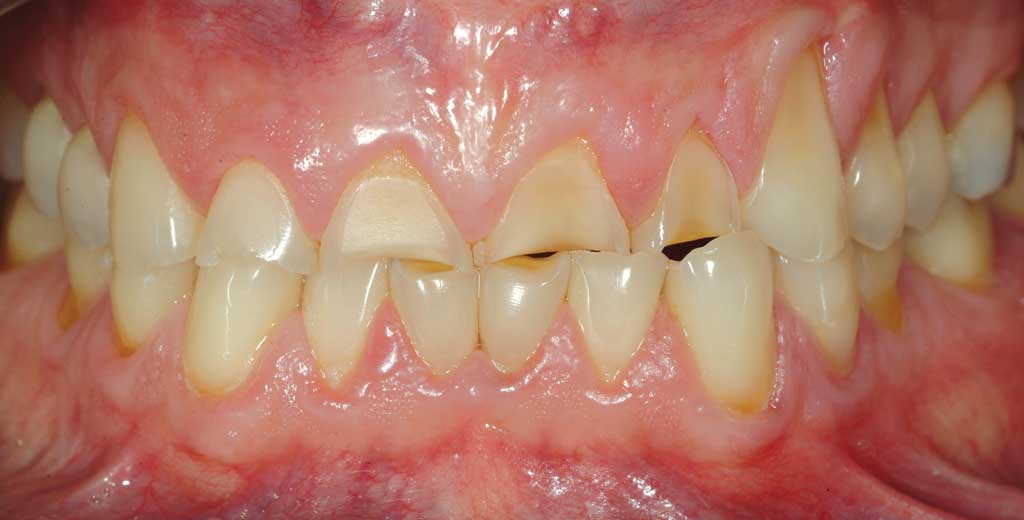
Full rehabilitation completed in one year
READ MORE
This patient, suffering from severe dental erosion and bruxism, was a candidate for classic crown-based subtractive treatment: all his front teeth would be devitalised and pins inserted into the roots to hold the crowns on what would be left of his filed teeth. Thanks to the non-invasive 3STEP approach, however, not a single tooth lost its vitality and for 15 years the patient has had a stable mouth despite the fact that his masseters are always very active.


I deal with
I deal with
dental ageing
unstable occlusion
chewing disorders
post-orthodontic instability
aesthetics and function
erosion from eating disorders
erosion from gastric reflux
bruxism-induced dental wear
dental ageing
unstable occlusion
chewing disorders
post-orthodontic instability
aesthetics and function
erosion from eating disorders
erosion from gastric reflux
bruxism-induced dental wear
I aim at
I aim at
REINFORCING teeth by thickening them
ELIMINATING the fear of dentists
PROTECTING residual healthy teeth
TREATING patients who do not have time to do so
CREATING a smile that does not look artificial
HARMONISING aesthetics and function
REACHING functional stability of the mouth
TESTING different jaw positions with reversible simulations
IDENTIFYING and eliminating functional overloads on teeth
TAKING the time to ensure an outstanding level of quality
IMPROVING chewing ability
SEARCHING for the real causes behind bruxism
DISCOVERING how the mouth can be connected to other body problems
PRESERVING tooth vitality
RECYCLING existing restorations to keep treatment costs low
PRESERVING the mouths of patients suffering from bulimia/anorexia
TREATING my patients as I would like my teeth to be treated